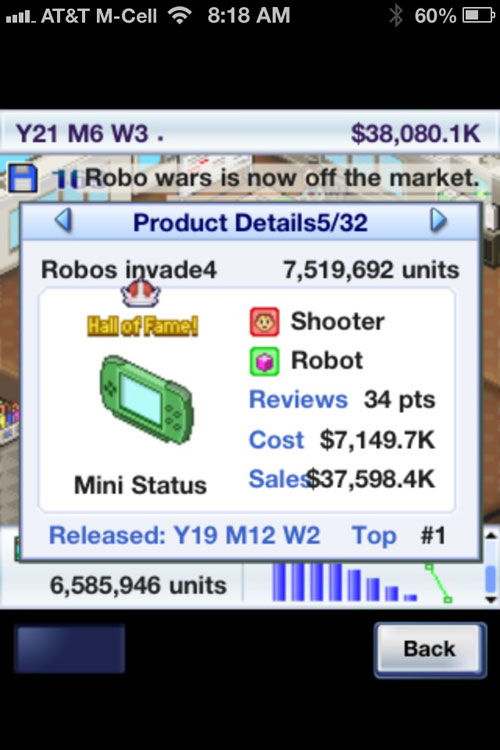Media Platforms

“Vitruvian Man” by Leonardo da Vinci; Public domain via Wikimedia Commons
Since the days of cavemen watching fire at night, humans have loved to be entertained.
The flickering fire and oral traditions that ensued created one of the first media platforms, delivering a good yarn with special effects. With the advent of each new medium, there’s been a hue and cry that first film, then radio, and then TV were about to become extinct.
Nothing could be further from the truth. New forms of media rarely cannibalize older ones, but rather enhance them. Especially if you make them transmedia, working together.
Today’s transmedia is about creating, distributing, and marketing content simultaneously
on air, online, in print, on the go, and on the ground. Like Leonardo da Vinci, the original transmedia Renaissance Man who created content on many platforms on many subjects, you can tell your story and engage people with it using many vehicles—from films and vlogs to mobile games and live events. Being a transmedia creator, distributor, and marketer may give you an advantage in this exploding media environment.
Transmedia Platforms
To adopt a modern transmedia storytelling approach as a content creator and content marketer, you should become immersed in these transmedia platforms to mine the opportunities that each offers, and that they offer together. The definitions of media platforms are ever changing, but the current media platforms that might relate to your transmedia project include: Film, Broadcast, Print, Games, Digital, and Experiential Media.
The world is your oyster with such an exploding array of media options. As you explore the transmedia possibilities, keep your story and project goals at the forefront and then open up your mind to the possibilities for storytelling and engaging your audiences in a unique experience.
If your project includes film, TV, or a game, you should develop a Web site or host a YouTube channel that allows you to stream trailers and videos. And your social media should link them together. If you’re looking to extend your film, theater, or graphic novel fictional universe to online and mobile, then consider Twitter, Tumblr, or Instagram. If your project includes a live installation, you may want to use social media or an Alternate Reality Game (ARG).
Don’t feel compelled to use platforms just because they exist or they use a shiny, new technology. You cannot use all platforms and execute them all well, and you must not ask too much of your audiences to keep track of. Commit to two to four platforms. Each platform should offer something different, and all platforms – traditional and digital – must work together.
Make sure you consider all platforms from the beginning. If you don’t, it’s likely to feel tacked on and irrelevant. If audiences consume a platform, you want them to feel like it was a key part of the experience.
—Nick Fortugno, Chief Creative Officer, Playmatics
Be wary of the laundry list of technologies and first find the story. Then look for avenues and platforms that allow for active participation in the story.
—Kamal Sinclair, co-director, New Frontier Story Lab, Sundance Institute
When your project’s “owned” and “co-owned” content plays out on more than one platform, it has a greater chance of being seen. When your project’s “earned” and “paid” media and marketing also fires on multiple platforms it has a greater chance audience interaction. And, when your story content is integrated with your marketing content into a single narrative on multiple platforms, your audience interactions will grow exponentially.
Transmedia Platforms: A Creator’s Guide to Media and Entertainment
Transmedia Marketing: From Film and TV to Games and Digital Media demonstrates how to tell your project’s story through storytelling, content creation, and marketing and promotion platforms, and how to strategically shape the relationship between them.
To help you navigate the vast array of media platforms, Anne Zeiser has developed Transmedia Platforms: A Creator’s Guide to Media and Entertainment as a companion to Transmedia Marketing. This primer provides the history, traditional industry standards, and current realities, including trends and major players, of the key available platforms. Transmedia Platforms will help you assess the opportunities of each platform and identify the best possible media expressions for producing content and marketing your transmedia project.
The media platforms covered in Transmedia Platforms are:

“Psycho title sequence” by Saul Bass; Public domain via Wikipedia Commons
- Film

Credit: By vera214usc/Reddit/Game of Thrones
- Broadcast –Television and Radio

Credit: © iStock.com/kotomiti
- Books and Publications—Books, Newspapers, and Magazines

© Anne Zeiser/DevCon game on iPhone
- Games

Perez Hilton/Instagram
- Digital Media—Internet and Mobile (Web Sites, Blogs, Social Media, and Mobile Apps)

© Hannah Wood/TEDxTransmedia
- Experiential Media – Theater, Concerts, Exhibitions and Live Installations, Theme Parks, and Toys

© Tye Truitt/SXSW
-- Andrew Golis, General Manager, The Wire, The Atlantic